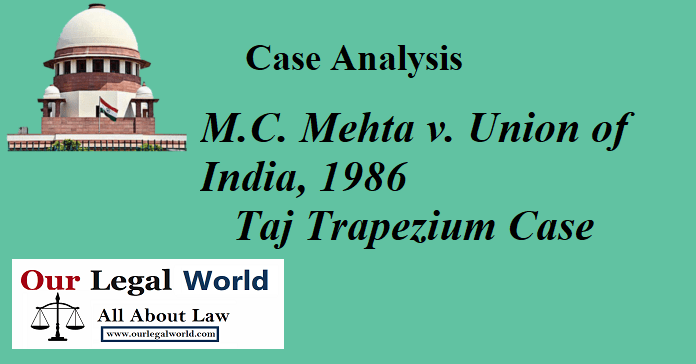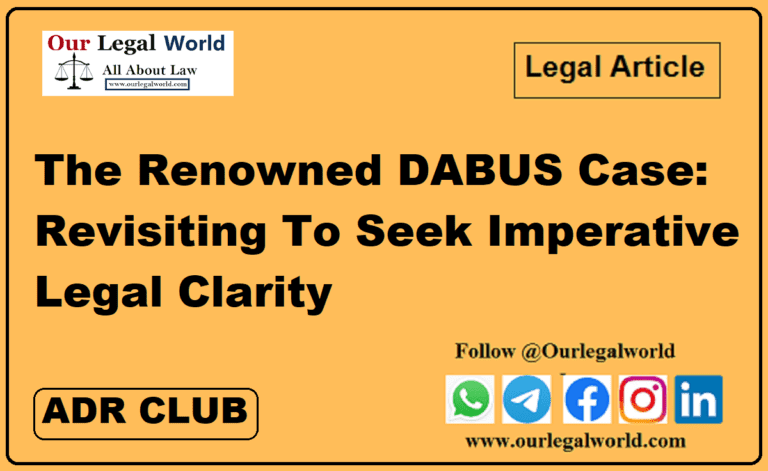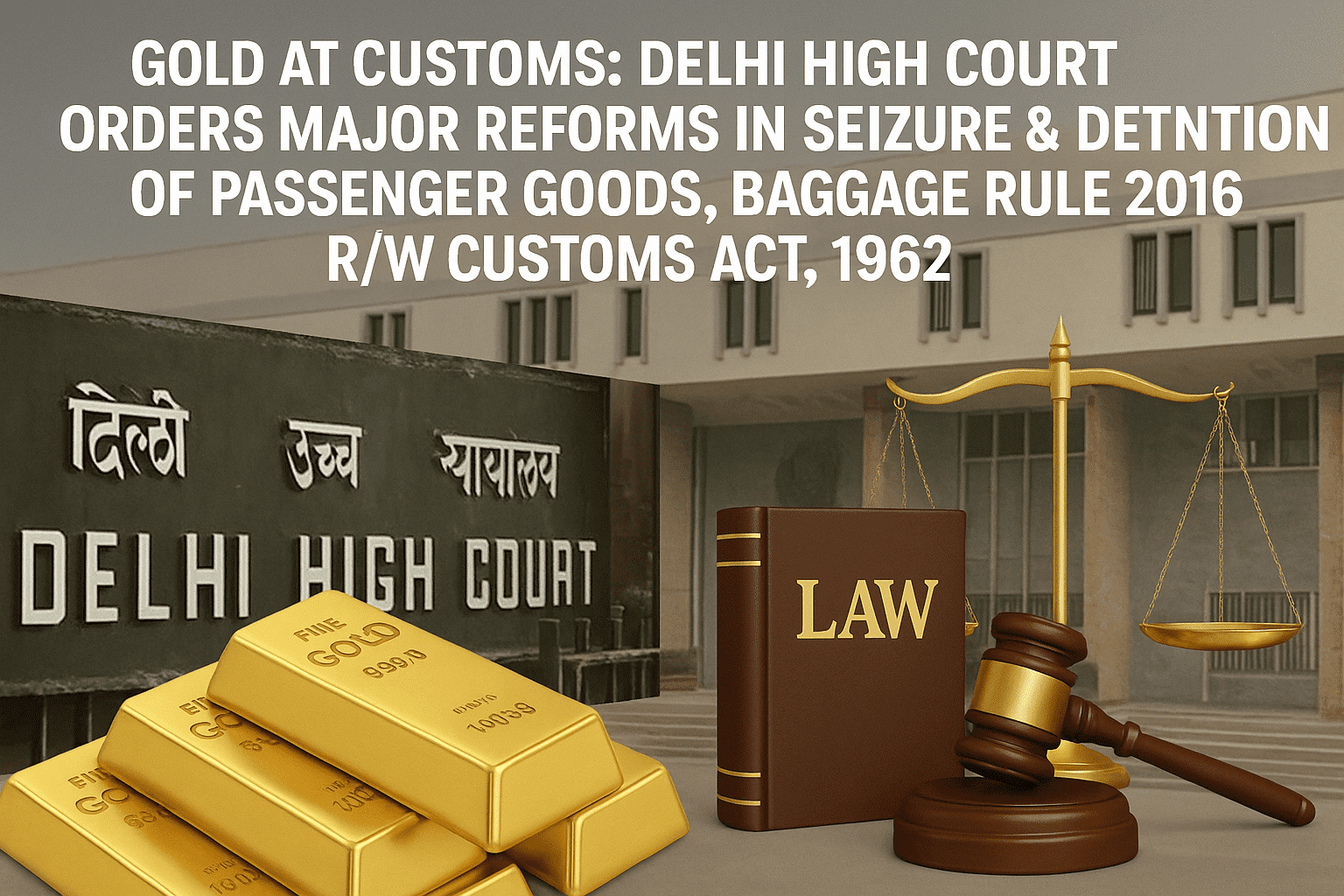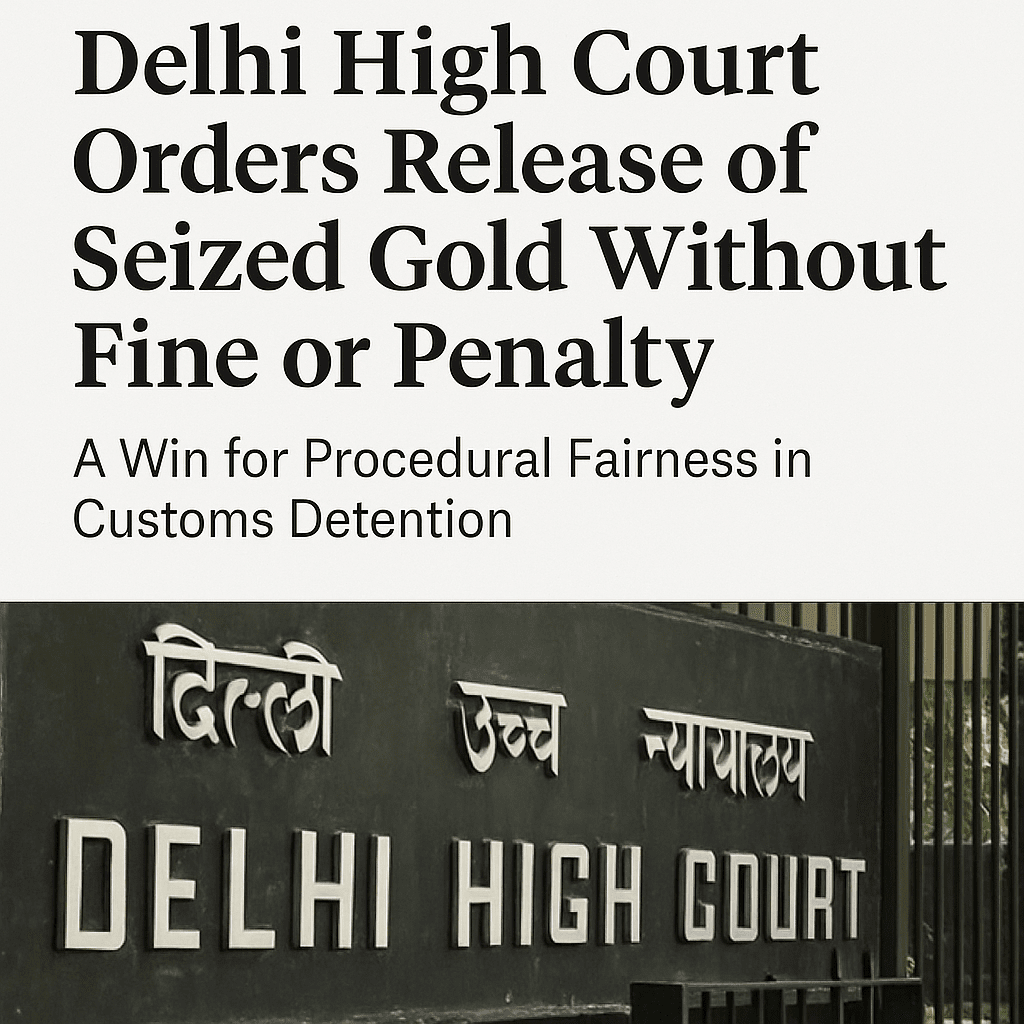M.C. Mehta v. Union of India, 1986 – Taj Trapezium Case: Case Analysis
Equivalent citations: 1987 AIR 1086, 1987 SCR (1) 819 Bench: Kuldip Singh, Faizan Uddin Date of Judgement: 30/12/1996 Petitioner: M.C. MEHTA Respondent: UNION OF INDIA & ORS.
Introduction:-
The Taj Mahal, Situated admirably on the banks of River Yamuna. One of the wonders of the world is regarded as one of the most invaluable national monuments, of unique magnificence and value. It is constructed wholly of white marble and was proclaimed as a UNESCO World Heritage Site in 1983. However, the Taj is exposed to corrosion and damage by rapidly moving social and economic environment which worsen the situation. It has developed a yellowish shade due to the increased levels of pollution and fumes around the area. The Taj, a monument of international reputation, is on its way to dreadful conditions due to climatic contamination. The key contaminant was sulphur dioxide discharged by the industries which in future reacted with rain water to give acid rain. The deteriorating condition of the Taj Mahal led M.C. Mehta, an environmentalist to file a public interest litigation before the Supreme Court in 1984. The Taj Trapezium zone is around 10,400 sq.km trapezium-shaped area comprising the five districts of the Agra area. He pursued appropriate guidelines to authorities involved to take immediate steps to halt air pollution in the Taj Trapezium Zone and protect the Taj Mahal.
Facts-
· M.C. Mehta filed a petition due to the lingering threat to the beauty of Taj Mahal to appeal the Air (Prevention And Control Of Pollution) Act 1981 and Water (Prevention And Control Of Pollution) Act 1974 and Environmental Protection Act 1986 for the objective of transferring of 292 factories to stop discharge by coal using industrial units which have detrimental effect on the Taj Mahal and also to direct them to convert into natural gas as industrial fuel.
· The petitioner said that the chemical industries, the foundries and the refinery at Mathura remained the main sources to harm the Taj. The sulphur dioxide released by the factories/industries when mixed with oxygen and moisture in the atmosphere formed sulphuric acid called acid rain which had an oxidizing effect on the gleaming white marble. Factory discharges, brick kilns, vehicular discharge and generator set were all liable for contaminating the air around the Taj Trapezium Zone.
· The Supreme Court inspected numerous reports given by different stakeholders. The report by the Varadharajan Committee called “Report on Environmental Impact of Mathura Refinery” issued in 1978 was scanned. The report deduced that the sources of pollution in the Agra region were all coal operators. The Committee suggested the transfer of existing small businesses and emphasised the use of less pollutin enducing technologies.
· The National Environment Engineering Research Institute (NEERI) presented an “Overview Report” in 1990 noticing that there was high effect on the air quality due to the speedy industrial development of Agra-Mathura region causing acidic discharges into the air at a disturbing speed.
Orders Passed by the court-
· A series of orders were passed by the Hon’ble Supreme Court of India from 1993. On 8-1-1993, the court coordinated the U.P. Contamination Control Board to complete an overview of the zone and organise a detailed report of all the industries and foundries which are the causes of contamination in the region. The Board therefore put on record an affidavit on 3-5-1993 stating the findings of its survey. It organised the industries and submitted that there were total of 511 industries in the area. Following the Court’s order dated 8-1-1993, notices were delivered to all these businesses to put in anti-pollution machineries.
· NEERI submitted its report in October 1993 recommending the use of natural gas as an alternative. The Court passed an order on 11-2-1994 requiring NEERI to inspect the prospect of using Propane or any supplementary safe fuel as an alternative to coal by the industries in the TTZ.
· The Court on 11-4-1994 studied the NEERI Report dated July 1993 which established that the industries were the primary sources of pollution affecting the Taj. Referring to the Order passed on 11-4-1994, the Ministry of environment, Forest and climate change appointed Varadharajan Committee to submit its report regarding preservation of Taj Mahal and monuments in Agra in two volumes. The Supreme Court examined the NEERI Report dated July 1993 and the Varadharajan Committee Report, both of which, recommended the repositioning of the polluting industries.
· The Supreme Court on 14-3-1996 ordered the GAIL, Indian Oil Corporation (IOC) and the U.P. State Industrial Development Corporation to recognise industrialised areas outside the TTZ which would be attached with the gas supply system. The Court said that the industries which were not in a state to get gas connections or which were otherwise contaminating the area may have to be repositioned outside the TTZ.
· Overall, four NEERI Reports, Two Varadharajan Reports and Various Reports by the State Pollution Control Board were submitted. After inspecting all the reports and taking into consideration the other information on the reports, the court had no reluctance in viewing that the industries were effective contributor to the pollution in the Taj Trapezium Zone.
· The Supreme Court banked on “Sustainable development” “Precautionary Principle” and “The Polluter pays principle”.
o Sustainable development– the purpose of this principle is to bring an end to the pollution while inspiring the development of the industries because development of industry is important for economy but at the same time environment has to be protected.
o Precautionary Principle– if any pollution is created as a result of development to any region, then the state must anticipate, prevent and attack the harm caused to the environment.
o Polluter pays principle– means that if a hazardous commotion is made by any individual, then such person is liable to make good for the loss instigated to the other person, regardless of the fact whether he took reasonable care while doing his activity.
· Moreover, the court depended on Article 21 of the Constitution of India which ensures protection of life and personal liberty. The court also relied on article 48A and 49 of the constitution of India.
Also Read: Coca-Cola Co. Vs. Bisleri International Pvt. Ltd., (2009)
Judgement-
The concluding judgment of this case was given on 30th December 1996 by a Division Bench consisting of of Justice Kuldip Singh and Justice Faizan Uddin. The court acknowledged that The Taj Mahal is a work of art and has international reputation. Not only this but it’s also a significant source of income to the country because of the vast tourist attraction it brought. The guidelines given by the court are:-
· The 292 industries mentioned in the list shall approach to the Gas Authority of India Ltd. (GAIL) for permit of industrial gas-connection prior to February 15, 1997.
· The GAIL will take final verdict in regard of all the applications for allowance of gas connections by March 31, 1997 and convey the allowance letters to every industry.
· The industries which are not in a situation to acquire gas connections and similarly the enterprises which don’t wish to acquire gas connections may approach/apply to the Corporation decided before February 28, 1997 for allocating of elective plots in the industrial areas outside TTZ.
· The industries which do not apply for gas connection or for substitute industrial area shall not be allowed to operate with the use of coal in the Taj Trapezium Zone from April 30, 1997. Supply of coke/coal to these industries will be ceased.
· The Government Organisation shall lastly choose and allocate substitute plots, to the industries which are requesting relocation, before March 31, 1997.
· The GAIL will begin supply of gas to the industries by June 30, 1997. As soon as the gas supply to an industry starts, the supply of coke/coal to the said industry will be discontinued with instantaneous effect.
· The transferring industries will set up their particular divisions in the new industrial estates outside TTZ. The relocating industries will not work and conduct business in TTZ after December 31, 1997. The shutting by December 31, 1997 is unconditional and notwithstanding the fact whether the new unit beyond TTZ is fully set up or not.
· The Deputy Commissioner, Agra and the Superintendent of Police, Agra will prompt the shutting of all the industries which are to be relocated as directed by court on December 31, 1997.
· The U.P. State Corporation shall provide any help to the industries in the process of relocation. The allocation of plots, construction of industrial units, etc. and issuance of any license/permissions, etc., shall be accelerated and granted on the basis of importance.
· In order to simplify reallocating of industries from TTZ, the State Government and all other authorities shall set up combined single agency comprising of all the units associated to act as an agency to sort out all the complications of such industries.
· The single window facility shall be set up by the U.P. State Government within one month. The Registry shall convey this command separately to the Chief Secretary, Secretary of these Industries and Chairman/Managing director, UPSIDC along with a copy of the judgment, no additional time will be given to set up the single window facility.
· The State Government shall frame a structure for the usage of the land which would become accessible after the relocation of the industries, before June 30, 1997. The State Government can seek direction in this respect from the order of the court.
· The transferring industries on the relocation in the new industrial estates will be given benefits in terms of the stipulations of the Agra Master Plan and also the incentives which are normally extended to new industries in new industrial estates.
· The workers waged in the said 292 industries shall be entitled to the privileges and aids as specified hereunder-
o The workers will have continuity of employment at the new place where the industry is transferred. The terms and conditions of their employment will not be changed to cause them harm.
o The period between the end of the business in Agra and its restart at the spot of relocate will be treated as dynamic business and the labourers will be paid their full wages with progression of administration.
o All those labourers who consent to move with the business will be given one year’s wages as ‘shifting reward’ to assist them with settling at the new area. The said reward will be paid before January 31, 1998.
o The workers working in the industries who do not plan to relocate and opt for closure, will be deemed to have been economised by May 31, 1997, and provided they have been in continuous service. They shall be paid compensation in terms of Section 25-F (b) of the Industrial Disputes Act. These workers will also be paid, in extra, six years’ wages as surplus compensation.
o The compensation payable to the workers regarding this judgment will be paid by the administration within two months of the conservation.
o The perk sum allocated to any worker will be paid in addition.
Along with this the court has also ended the use of all the brick kilns in the TTZ with effect from August 15, 1996. This would be a beneficial step to reduce the pollution produced by fly-ash. The court further directed the following to monitor the air pollution in TTZ –
(a) The positioning of hydro cracker division and several other devices by the Mathura Refinery.
(b) The positioning of 50 hospital beds and two moveable dispensaries by the Mathura Refinery to provide medicinal aid to the public residing in TTZ.
(c) Building of Agra bypass to redirect all the transportation which passes through the city of Agra.
(d) Extra sum total of Rs. 99.54 crores authorised by the Planning Commission to be used by the State Government for the construction of power supply plans to certify 100 per cent endless electricity to the TTZ.
(e) The construction of Gokul Barrage, water supply work of Gokul Barrage, roads around Gokul Barrage, Agra Barrage and water supply of Agra barrage, have also been commenced on a time schedule basis to supply drinking water to the people of Agra.
(f) Green belt as suggested by NEERI will be established around Taj.
(g) The Court recommended to the Planning Commission by order dated September 4, 1996 to deliberate authorising separate allocation for the city of Agra and the formation of distinct cell under the control of Central Government to maintain and preserve the Taj, the city of Agra and other national heritage monuments in the TT.
(h) All retail store and shops functioning within the Taj premises have been directed to be closed.
(i) Guidelines were delivered to the Government of India to decide the issue, relating to announcement of Agra as heritage city, within two months.
Apart from this constitutional order, these acts are also there to protect and enrich the environment:
- The Water (prevention and Control of pollution) Act, 1974
- The Air (Prevention and Control of Pollution) Act, 1981
- The Environment protection Act, 1986.
Case Comments-
The order passed through with this judgement only covered to 292 industries out of the 510, whose names were presented by the pollution control board in the court. However the rest of the industries also caused the pollution in some ways resulting in the yellowing of the marble, but the court did not reflect all the sides and repositioned only those industries which refused to accept natural gas as a substitute fuel.
Nonetheless, the judgment turned into a milestone for environmental law statute in India. But the results were there as specialists declared a huge decrease of Suspended Particulate Matter which is one of the toxins causing staining of the Taj Mahal and a huge cause in increasing the pollution. This judgment is an admirable move of the Supreme Court since the court has requested for successful counter measures as well as kept the rights and advantages of representatives/labourers working in the industries, making sure that they are secure.






![Tax Law Internship at Legum Attorney [Chamber of Ashish Panday], Delhi : Apply by 15th May 2025](https://www.ourlegalworld.com/wp-content/uploads/2025/05/IMG_0113-min.png)

